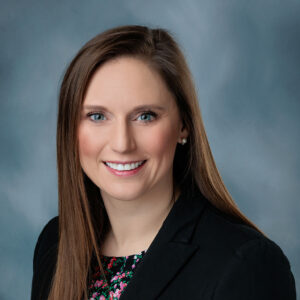
In Laurel, dental technology isn’t just a luxury—it’s a necessity for providing top-tier dental care. Here at Family 1st Dental – Laurel, we understand the importance of staying ahead of the curve when it comes to diagnosing and treating tooth decay. That’s why we’ve fully embraced cutting-edge dental technology to revolutionize our practice and enhance the overall experience for our patients.
Tooth decay is a widespread concern that affects individuals of all ages. It occurs when bacteria in the mouth feed on sugars and starches, producing acids that erode tooth enamel and lead to cavities. Left untreated, tooth decay can escalate into more severe issues, including pain, infection, and tooth loss.
Fortunately, advancements in dental technology have empowered dentists to diagnose and address tooth decay with unprecedented accuracy and efficiency. Through advanced imaging technology, such as digital X-rays and intraoral cameras, we gain comprehensive insights into the oral health of our patients. These detailed images enable us to detect tooth decay in its earliest stages and intervene before it progresses further.
In addition to imaging technology, lasers have emerged as invaluable tools in our arsenal against tooth decay. Dental lasers allow for precise and minimally invasive treatment of enamel decay and gum disease. They can also be utilized for teeth whitening, plaque removal, and even tooth reshaping, offering patients a comfortable and efficient alternative to traditional procedures.
Moreover, digital tools have revolutionized the process of crafting custom dental appliances. From crowns and bridges to dentures, we leverage digital scanning and design technologies to create bespoke solutions tailored to each patient’s unique oral anatomy. This not only enhances the effectiveness of treatments but also ensures a comfortable and seamless fit for our patients.
At Family 1st Dental – Laurel, our commitment to embracing dental technology goes hand in hand with our dedication to providing personalized and patient-centered care. By leveraging these innovative tools and techniques, we strive to deliver exceptional dental experiences that prioritize our patients’ oral health and well-being.
In Laurel, when you choose Family 1st Dental, you’re choosing a dental practice at the forefront of technological innovation. Experience the difference that cutting-edge dental technology can make in your oral health journey. Schedule your appointment with our experienced Dentist in Laurel today and embark on the path to a healthier, happier smile.





